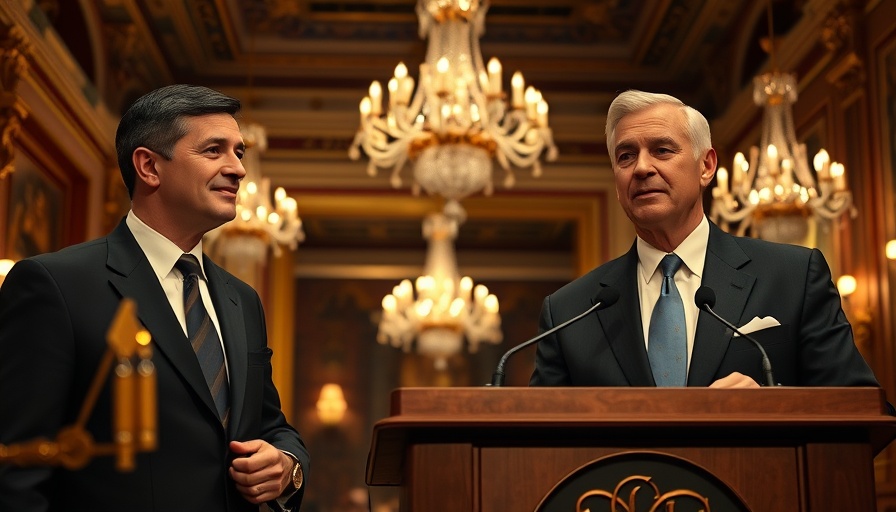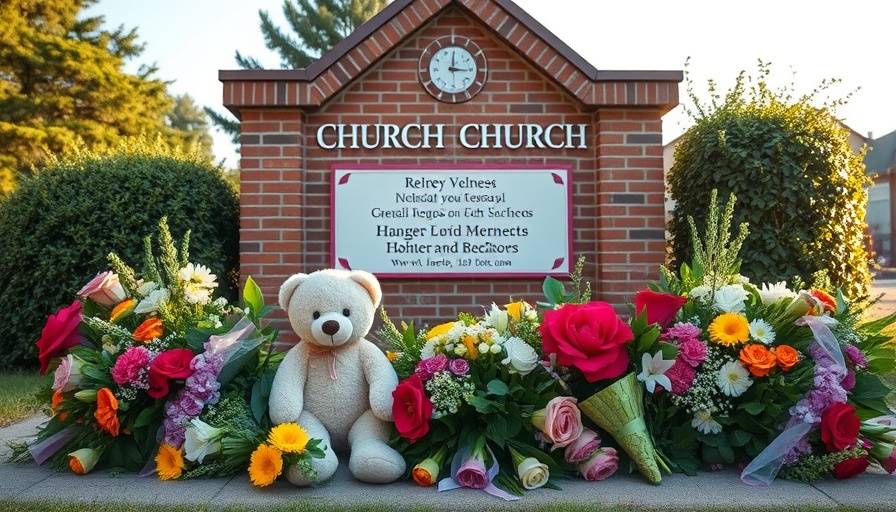
A Decade of Economic Growth: Assessing Private Sector Investment
As former President Donald Trump highlights a staggering private sector investment nearing $8 trillion since his inauguration, it becomes vital to analyze the implications of such economic dynamics on the broader national landscape. This figure, touted during Trump’s tenure and as he looks ahead towards the upcoming election cycle, invites scrutiny regarding the policies and conditions that influenced this investment boom.
Historical Context: Economic Rebounds Under Trump
Trump's administration embarked on significant legislative changes, notably the Tax Cuts and Jobs Act of 2017, designed to stimulate the economy. By reducing corporate tax rates and deregulating numerous sectors, his policies aimed to attract businesses back to the United States and increase job creation. As a result, what has been regarded as a burgeoning economic climate under his administration serves as a focal point for discussion on his legacy and the opposition's views on post-Trump governance.
Economic Challenges: Inflation and Unemployment in Context
However, the economic landscape is more complex, particularly when scrutinizing inflation and unemployment rates during and post-Trump's term. While historic lows in unemployment were celebrated, the pandemic introduced unforeseen challenges, demanding critical reflection on economic resilience. Furthermore, inflation rates experienced a surge in the wake of federal stimulus measures, raising questions about long-term sustainability.
Partisan Perspectives: A Divided Landscape
The discourse surrounding Trump’s economic metrics is inevitably intertwined with partisan viewpoints. Republicans often laud the economic growth attributed to his policies, while Democrats argue that this growth lacked equity and relied heavily on tax breaks for the wealthy. The political landscape remains divided as the midterms approach, with implications for congressional seats that could further influence economic policy moving forward.
The Future of Investment: What Lies Ahead?
Looking to the future, what can we expect in terms of the trajectory of private sector investment? With the impending elections and potential shifts in the House of Representatives and Senate, reliance on foreign relations, domestic policies, and campaign finance regulations will be crucial in determining if this trend continues. The potential for a new administration may impact investor confidence and draw attention to pivotal issues like healthcare, education, and climate change, all of which intersect with economic policies.
A Closer Look: Voter Sentiment and Economic Implications
In key swing states, voter turnout remains a crucial metric to predict election outcomes, potentially reshaping economic policies. Engagement in democratic processes through local and national elections can impact infrastructure investment, social security reform, and public spending priorities moving forward. Evaluating how these factors adapt in response to current economic challenges could define the future investability of the U.S.
Final Thoughts: Navigating Investments and Policies
As we reflect on Trump's claim of increased private sector investment, it is essential to navigate the complexities of current economic challenges, public sentiment, and legislative intent. With an eye toward the upcoming electoral season, both Republicans and Democrats will need to address these issues cohesively to forge ahead in a robust recovery that benefits all layers of society, not just a select few.
 Add Row
Add Row  Add
Add 




Write A Comment